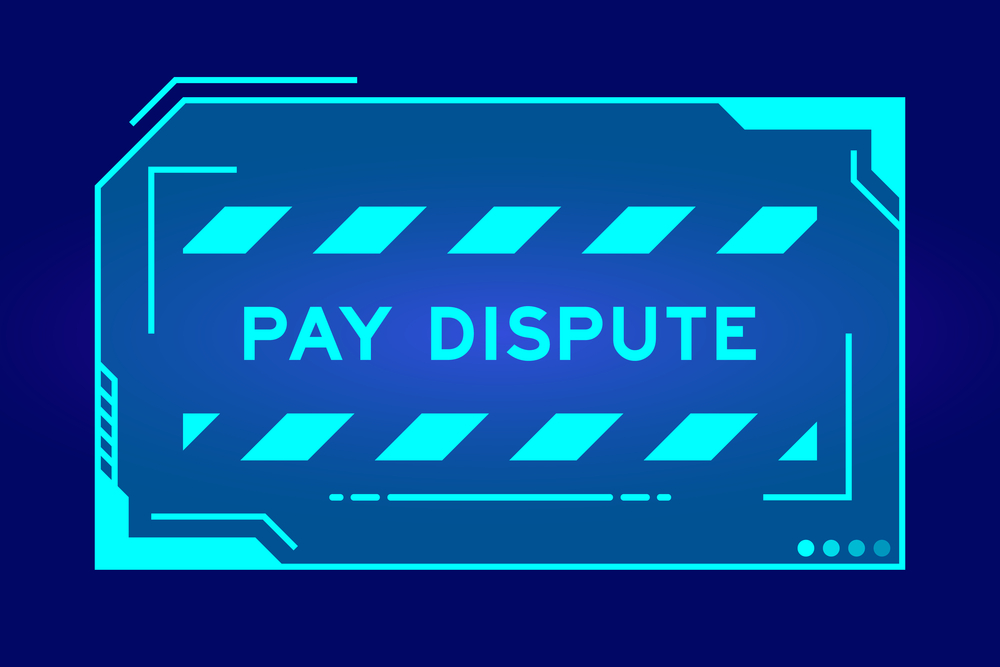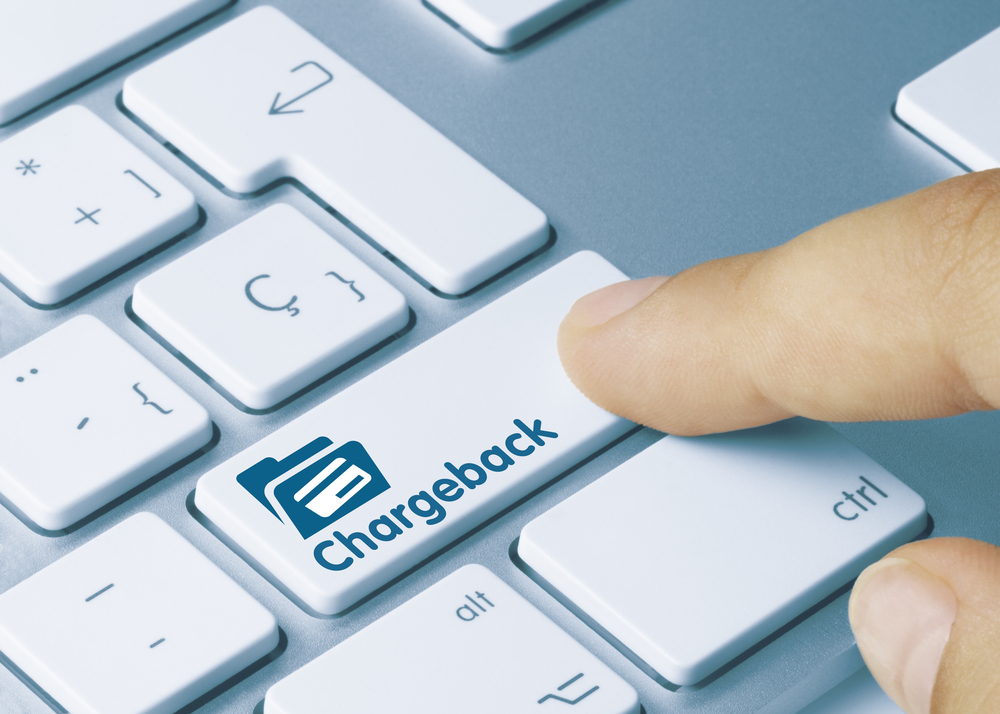
Negative Reviews: How They Affect Your Merchant Account and What to Do About Them
Apr 20, 2021 3 minute read
Negative reviews can be troublesome for any business owner, but even more so for high-risk business and ones just starting out. They are also an unavoidable consequence of doing business. The sooner you come to terms with this, the sooner you can do something about it.
Bad reviews can be harmful, yes, but there’s something you can do about it. Depending on your strategy, you could win over consumers with outstanding customer service that surpasses any negativity a review may hold.
Negative Reviews Can Be Detrimental to Your Store’s Payment Processing
The beating heart of any online store is its ability to process payments. It’s also understood that banks and payment processors do not like risk (or high-risk businesses, by extension). If they see negative reviews about your high-risk business, they will likely do two things: find more and deny service.
Banks want to protect their own bottom line. As a business that’s labeled high risk, you threaten that bottom like—you are a risk to that bank/processor not making money. These providers are already under the impression that they’re sticking their neck out for you by even offering service. If you don’t have an immaculately clean image, then they will yank that offer right back.
Supplements sellers, in particular, have trouble in this area. They fall into the high-risk category for banks and reviewers are exceptionally harsh if they feel scammed or that the product didn’t work as expected. Mitigating even a single bad review for supplement sellers can be difficult, but there are still ways to improve the customer experience and stay profitable.
Strive to Maintain a Positive Relationship with Your Payment Provider
Work to understand your provider’s process and requirements. If you are applying for the first time, you should communicate with the bank to fully understand their policies. The application process can be quite confusing and submitting them blindly often results in denial. Plus, if you submit too many then you may be given a red flag throughout the payment processing community.
If you have already been approved by a payment processor, then work to maintain that relationship. Even if you were approved seemingly without a hitch, the nature of your business will surely keep it under that provider’s watchful eye. And you wouldn’t want to ruin your own sales because of one untrue or misleading review.
Merchant accounts are a great option for high-risk businesses, as they are designed around them. Good merchant account providers, like DirectPayNet, will help repair a negative online reputation. Your success as a business is equal to a merchant account provider’s success, therefore it’s in everyone’s best interest to keep and public-facing information positive.
Sites You Should Monitor for Bad Reviews to Maintain Your Merchant Account
Reviews on Your Own Site
If you allow reviewing on your own site (which you should), then you have a lot of control over what gets published. Reviews help you rank on Google as a business, and it’s proven that more businesses will get clicked if they have a star rating below their search listing.
This doesn’t mean you can simply delete bad reviews the moment they appear. First, you should avoid keeping only 5-star reviews. Customers are surprisingly wary if a business looks too good. Second, deleting the really bad reviews doesn’t fix the problem. The customer who posted it will likely follow up with it, and if the review is gone then that opens another world of trouble. Now, that person will likely go to a social media site to publish an even worse review and you won’t be able to delete it. You’ve ruined your reputation by trying to save it.
Reviews on BBB, Yelp, TrustPilot, and More
Many businesses integrate review platform APIs into their own site to display customer reviews to avoid asking them to duplicate it. TrustPilot, Yelp, and Google reviews are popular choices as well as TripAdvisor for travel-related sites.
The BBB (Better Business Bureau) and GlassDoor are also sites that allow customers to review businesses. But these are notoriously negative and are considered complaint sites as opposed to review sites.
Potential customers trust reviews and ratings from these sites, so it is a good move to utilize them. The downside is your lack of control over what gets published. This is where you need to hire a review management team or set aside time each day to assess and respond to each review. If you leave negative reviews unchecked, then it can seriously hurt sales and approval for payment processing from banks.
Ways Negative Reviews Affect Your Business
For high-risk merchants, the biggest concern is denial by payment processors or removal of processing functionality. But those aren’t the only ones. There are even more ways customer reviews can affect your business.
Creates a Bad Reputation
It shouldn’t be a surprise that negative reviews can ward off potential customers. In a 2018 survey, 50% of new customers questioned a business’s quality if they have negative reviews. In that same survey, 85% of consumers trust online reviews just as much as personal recommendations.
Decreases Revenue
If bad reviews push customers away, then they surely decrease your bottom line. The amount of revenue changes based on your rating as well as the reason why people publish negative online reviews. If a business has a 1-star rating, they can expect at least 33% less revenue. The amount varies based on how many good reviews are available to counteract the bad ones.
Lowers SEO Ranking
A higher positioning in search engine results increases exposure to potential customers and sales. Search engine algorithms consider online reviews and ratings for businesses when positioning them. So, bad reviews lead to lower ranking which leads to less prospective customers and ultimately lower sales.
Increases Chargebacks
Bad reviews, especially ones that go unnoticed, can result in chargebacks. Because you didn’t respond, the customer will contact their bank directly for a refund or worse issue a chargeback. This can have a major impact on your small business by losing sales, paying extra fees and withdrawing valuable dollars that were used for your business needs.
How to Manage Negative and Positive Reviews to Keep Your Business Healthy
The bright side of all this is that negative reviews are manageable. And through review management, which does not necessarily include deletion, you will paint a better picture of your business. Encourage your happy customers to leave online reviews by offering a discount on a future purchase.
Negative reviews give customers an idea of the worst possible situation they could run across when purchasing something from you. The scenarios that warrant 1- or 2-star reviews may not matter to them at all. Or they may see the situation and how you’ve corrected it. Both work positively towards your online reputation.
Assess If the Review Is Real
Fake positive and fake negative reviews are abundant on the internet. Both are harmful to your business. In either case, you can flag them as spam or fake on any platform.
Fake positive reviews, on the surface, sounds like a great thing. However, they can harm your reputation and sales. Consumers can report you for creating fraudulent reviews (even if you didn’t publish them). Even if they don’t, when a customer reads your endlessly positive reviews, they will see how unrealistic they are and avoid your business. A fake positive review portrays the idea that you needed to fake your way to the top because your business is not capable of it through real sales and customer service.
Fake negative reviews are more harmful towards being approved by a payment processor than for repelling consumers. Many fake reviews are obviously fraudulent. Some are even published by competitors. Make sure you understand if a review is real before taking the next steps.
Respond to All Reviews
Fake, negative, and positive reviews all deserve some acknowledgement.
A simple “like” is a good way to show positive reviews that lack detail you’ve seen it and thank them for publishing. For detailed positive reviews, follow up with a statement thanking them for their support and try to include specifics from their order or experience to show how much attention to detail you pay. When you reply, your customers feel heard and this can increase word-of-mouth.
Negative reviews deserve a conversation. Address the customer’s complaint or concern and don’t make excuses. You can offer to fix the problem, send your phone number to talk offline, offer a discount code for their next order, or inform them of how this won’t be a problem in the future. This lets them know that you’re on top of the issue and will reduce the event of a chargeback occurring. Once the review is addressed, you can ask the poster to adjust their rating.
Fake reviews should also be addressed. Yes, you should flag them, but comment on them and ask for details of their bad experience. You can request order numbers, specifics about the product, proof they received it, and even offer to fix the problem offline. If the review is fake, then it should be removed shortly. And in the meantime, customers will see how positively you treat all reviewers.
Use an Online Reputation Management Representative
This manager can be yourself or someone you hire. Whoever it may be, they need to monitor review sites and social media comments while publishing feedback. The customer service efforts made here will increase your business reputation as well as your bottom line.
Dedicated an hour or two each day to manage your online reputation as reviews—especially negative reviews—should be responded to within 48 hours at the most.




